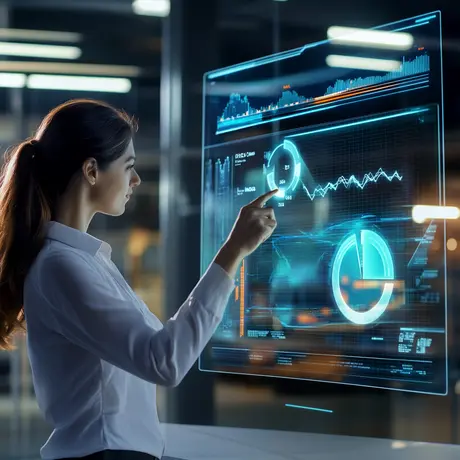Glassmorphism in web design has quickly become one of the most exciting modern UI UX design trends in recent years. Its unique approach to design combines transparency, soft shadows, and blurred backgrounds to create an aesthetic that feels light, sleek, and layered. As a result, glassmorphism website design has gained popularity for enhancing user experience by making digital interfaces feel more interactive and engaging. This article will dive deep into what makes glassmorphism in web design so appealing and how it stands out in the world of web aesthetics.
In this article, we’ll cover everything you need to know about glassmorphism, from its background to key features, and even its drawbacks. We’ll explore why this design trend has become a favorite among designers and how it can transform user experiences. By the end, you’ll have a clear understanding of the benefits and challenges of incorporating glassmorphism into your web projects. So, let’s jump right in!
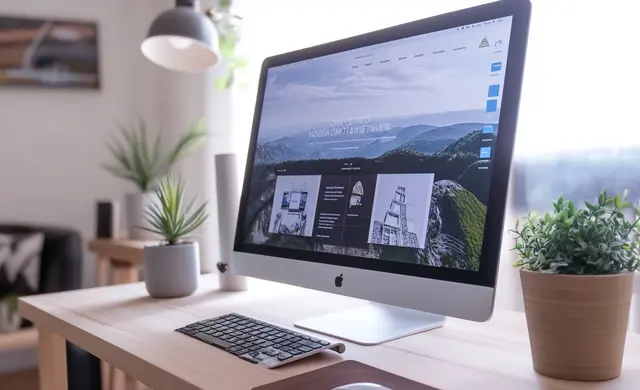
What is Glassmorphism Design?
Glassmorphism in web design is a popular UI trend that gives digital products a frosted glass effect. It uses transparency, blur, and soft shadows to create a layered look that feels modern. This approach adds depth to the design, making the interface more dynamic and fresh. It first became popular with Apple’s macOS Big Sur and Microsoft’s Fluent design systems. Today, many designers use it to improve the user experience by keeping the visuals clean and simple.
When added to responsive web design, glassmorphism not only looks good but also helps focus on usability. The translucent layers help highlight important content without cluttering the design. However, readability can be an issue, especially with blurred backgrounds. As AI in UI UX design grows, glassmorphism will likely offer even more ways to focus on content while keeping websites visually appealing and user-friendly.
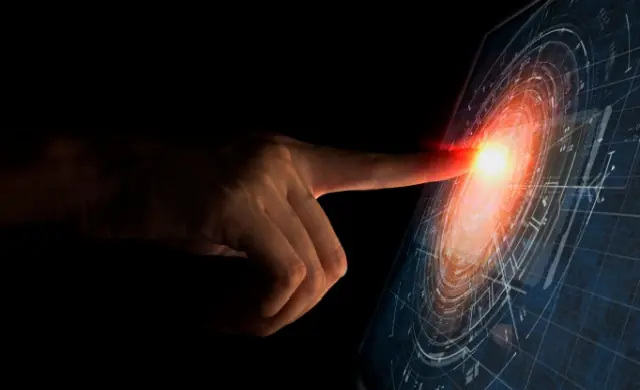
Background
Glassmorphism in web design emerged as a significant UI trend in 2020, primarily driven by Apple’s macOS Big Sur update. It gives interfaces a frosted glass effect, using transparency, blurs, and layers to create depth. This style aims to bring a modern, sleek feel to digital products, focusing on a clean yet dynamic aesthetic. Michal Malewicz, a UI designer, is credited with popularizing the term “glassmorphism” through his YouTube tutorials, where he explained how this technique could improve usability and visual appeal without overwhelming users.
Before glassmorphism gained traction, design styles like skeuomorphic and neumorphic were prevalent. Skeuomorphism mimicked real-world objects in digital spaces, while neumorphism introduced a softer, 3D-like design approach. Glassmorphism distinguishes itself by layering transparent and blurred elements over colorful backgrounds to create a futuristic look. It’s especially useful for responsive web design and is becoming a common feature in digital interfaces, like glassmorphism website design.
As AI in UI UX design advances, glassmorphism is expected to evolve, offering more seamless ways to improve the user experience.

Key Features of Glassmorphism in Web Design
Glassmorphism in web design is known for its visually appealing effects, which blend transparency and blur to create depth and dimension. Below are the key features that define this trend, making it both modern and functional.
Transparency and Frosted Glass Effect
Glassmorphism uses layers of transparency to mimic the look of frosted glass. By combining transparency with a background blur, the design creates depth and makes elements appear as though they are floating on the page. This effect gives a sleek and modern aesthetic to interfaces, helping to focus on the content.
Layering and Floating Elements
A standout feature of glassmorphism is its use of multiple layers. Objects appear to float in space, often without visible support, which enhances the interactive elements in the design. This creates a dynamic, 3D-like experience that adds depth to the user interface without overwhelming the design.
Use of Subtle Gradients
A subtle gradient is often applied in glassmorphic designs to highlight the edges of objects, simulating the appearance of glass. The gradient softens the boundaries between elements and helps define shapes, adding to the overall clean and polished look.
Bright and Colorful Backgrounds
For the frosted glass effect to truly stand out, colorful backgrounds are essential. A vibrant background contrasts well with the blurred and translucent elements, making the interface visually interesting while ensuring the focus remains on the content.
Shadow and Border Effects
Glassmorphism designs typically include soft shadows and thin borders to accentuate the glass-like appearance. These features, especially a semi-transparent white border, create depth by lifting elements off the background and simulating the reflective qualities of glass.
These key features make glassmorphism popular for responsive web design, allowing it to adapt to various screen sizes and devices. As designers continue to integrate AI in UI UX design, the appeal of glassmorphism will likely expand, offering more engaging and visually stunning interfaces.
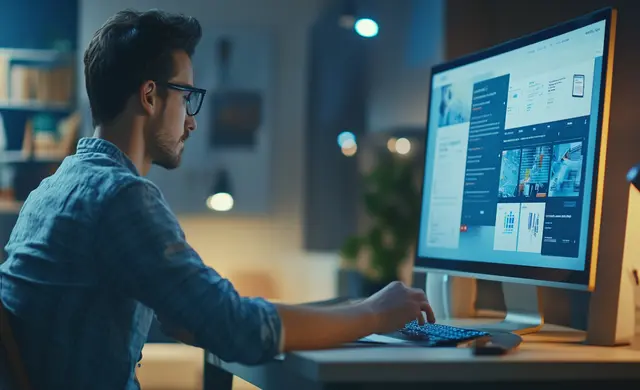
Benefits of Glassmorphism in Web Design
Glassmorphism in web design brings many benefits, making it a popular choice for creating attractive, modern interfaces. It blends transparency, blur, and depth, which creates a user experience that feels both engaging and dynamic. Here are some key benefits of using glassmorphism in web design:
Enhanced Visual Appeal
Glassmorphism in web design creates a modern and polished look by using transparency and frosted-glass effects. These layered, see-through elements make the interface look sleek and fresh, giving users a more appealing and engaging experience.
Improves Visual Hierarchy
Glassmorphism helps organize information. By layering transparent objects and adding blur, important elements stand out, while less important parts fade into the background. This helps users easily find what they need without getting overwhelmed.
Versatile Design
Glassmorphism works well on various platforms like mobile apps, websites, and software. It adapts to different screen sizes and resolutions, making it perfect for responsive design, where consistency is key across devices.
Focus on Minimalism
Although it looks impressive, glassmorphism still keeps the design clean and simple. The transparent layers and subtle shadows allow designers to focus on the content. The design stays light and airy without overshadowing the main message or features.
Adds Depth and Dimension
Glassmorphism creates a sense of depth by making elements look like they float in 3D space. This adds a dynamic and interactive feel to the interface, making the design more interesting for users.
These benefits make glassmorphism in web design an ideal choice for designers wanting to create visually engaging and user-friendly designs.
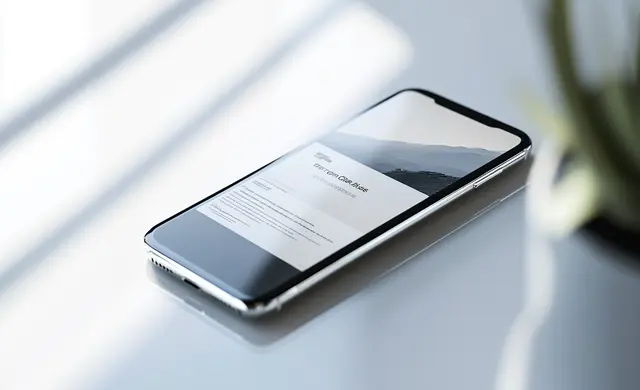
Drawbacks of Incorporating Glassmorphism in Web Design
While glassmorphism in web design offers several visual benefits, it also comes with its own set of challenges. Below are some of the key drawbacks to keep in mind when implementing this design trend.
Accessibility Issues
The transparency and blur effects in glassmorphism can reduce contrast, making text and other elements difficult to read. For users with visual impairments, this can create accessibility barriers. Designers need to ensure sufficient contrast between text and background for better readability.
Performance Impact
Glassmorphism’s reliance on blur and transparency effects can be resource-intensive. On lower-end devices, these effects may slow down performance or cause lag. Optimizing the performance design is necessary, especially when targeting a wide range of devices and platforms.
Overuse Can Clutter Interfaces
Overloading a design with glassmorphic elements can result in a cluttered interface. The transparency layers, when overused, may confuse users rather than guide them. It’s important to apply glassmorphism sparingly to maintain a clean and focused layout.
Limited Compatibility
Certain older browsers or devices may not fully support the CSS properties required for glassmorphism, such as background blur. This limits the compatibility of your design across different platforms. Developers must consider fallback solutions for users on older systems.
Visual Distraction
The frosted-glass effect, while visually appealing, can become distracting if used excessively. It may shift the user’s focus from the main content to the background effects. This can negatively impact user experience, especially when clarity is crucial.
Considering these limitations, it’s important to balance the visual appeal of glassmorphism in web design with practical functionality, ensuring it enhances the user experience without hindering accessibility or performance.
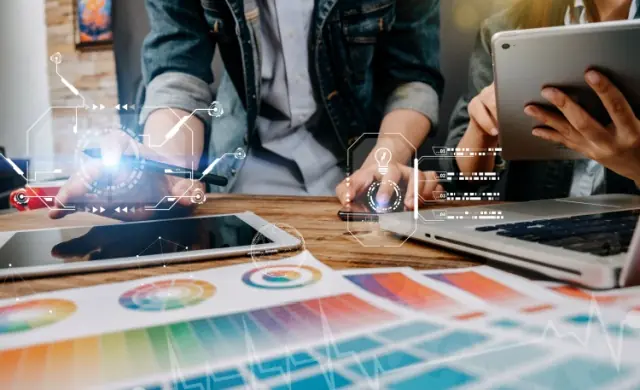
ScreenRoot: Your Partner for Mastering Glassmorphism for Modern Web Design
Glassmorphism in web design has quickly established itself as one of the most innovative and visually appealing trends. By blending transparency, blur, and depth, it creates a modern, sleek interface that enhances user engagement. Its ability to add dimension and improve visual hierarchy makes it popular for various platforms.
However, designers must carefully balance its use to avoid accessibility issues, performance impacts, and visual clutter. By leveraging glassmorphism’s unique features effectively, designers can craft dynamic and engaging user experiences while maintaining clarity and usability.
As the UI UX Digital Agency of the Year 2024, ScreenRoot stays at the forefront of UI UX design trends. We are one of Clutch’s top-ranked UI UX design service providers, always ready to incorporate cutting-edge techniques like glassmorphism, which benefits your project. Check out our Work and Services pages to learn more. For inquiries, reach us at [email protected] or call us at 1800 121 5955 (India). You can also contact us via WhatsApp or fill out our Contact Form—we’ll get back to you promptly!
